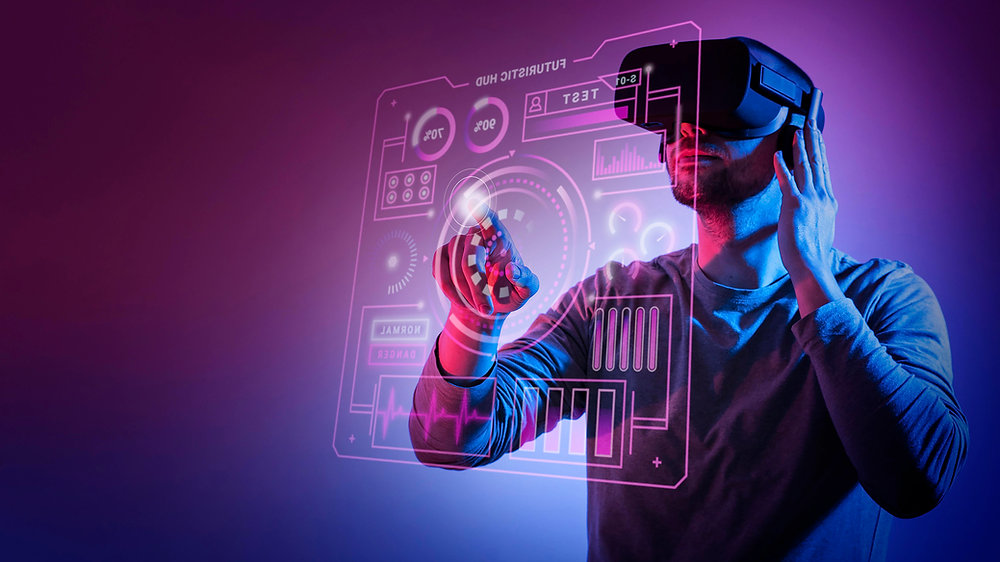
1. Introduction to Augmented Reality (AR) and Virtual Reality (VR)
In the ever-evolving landscape of technology, Augmented Reality (AR) and Virtual Reality (VR) have emerged as transformative forces, reshaping the way we interact with the world around us.
2. The Evolution of AR and VR Technologies
AR and VR have come a long way from their humble beginnings, evolving rapidly with advancements in hardware and software. This section explores the journey of these immersive technologies.
3. Blurring the Boundaries: How AR and VR Merge Physical and Digital Realities
One of the most intriguing aspects of AR and VR is their ability to blur the lines between the physical and digital realms. This section delves into how these technologies achieve this seamless integration.
4. Applications of AR and VR in Different Industries
4.1 Healthcare
AR and VR are revolutionizing healthcare by enhancing medical training, surgery simulations, and patient care.
4.2 Education
In the education sector, AR and VR offer immersive learning experiences, making complex subjects more engaging for students.
4.3 Gaming
The gaming industry has embraced AR and VR, providing gamers with unprecedented levels of immersion and interactivity.
4.4 Business and Marketing
From virtual product demos to interactive advertising, AR and VR are reshaping how businesses engage with their customers.
5. Advantages and Challenges of AR and VR Integration
5.1 Advantages
Explore the numerous benefits of integrating AR and VR, such as enhanced user experiences, increased productivity, and innovative business solutions.
5.2 Challenges
However, the integration of AR and VR comes with its set of challenges, including technical limitations, high costs, and ethical considerations.
6. Future Trends in AR and VR Development
What lies ahead for AR and VR? This section discusses emerging trends and technologies shaping the future of these immersive experiences.
7. The Impact of AR and VR on Consumer Experiences
Discover how AR and VR are transforming the way consumers interact with products and services, creating memorable and personalized experiences.
8. Case Studies: Successful Implementations of AR and VR
8.1 IKEA’s AR Furniture Shopping
Learn how IKEA utilizes AR to allow customers to visualize furniture in their homes before making a purchase.
8.2 Oculus Rift in Virtual Meetings
Explore how virtual reality meetings with Oculus Rift are revolutionizing remote collaboration and communication.
9. How Businesses Can Leverage AR and VR for Growth
Practical insights on how businesses can harness the power of AR and VR to gain a competitive edge and foster growth.
10. The Role of AI in Enhancing AR and VR Experiences
Artificial Intelligence plays a pivotal role in enhancing AR and VR experiences. Understand the synergy between AI and these immersive technologies.
11. Ethical Considerations in AR and VR Development
Delve into the ethical considerations surrounding the development and implementation of AR and VR, addressing issues such as privacy and user safety.
12. Overcoming Barriers to Mass Adoption
Identify the obstacles hindering widespread adoption and explore potential solutions to make AR and VR more accessible to the masses.
13. The Future Landscape: What to Expect Next
Speculations and insights into the evolving landscape of AR and VR, including potential breakthroughs and game-changing developments.
14. Conclusion
In conclusion, Augmented Reality and Virtual Reality are not just technologies; they are gateways to new dimensions of human experience. The seamless blending of physical and digital worlds opens endless possibilities.



